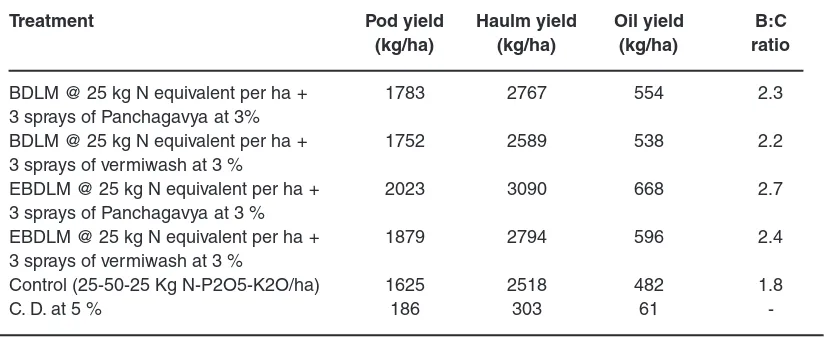Secondary and Micronutrient Management Practices in Organic Farming- An Overview
Full text
Figure




Related documents
The key to understanding the economics of ICT and knowledge sectors is to realize that a disequilibrium process has set in within the world economy and the advanced countries of
(2009) Performance Management in Not-For-Profit Organisations: Best Practice at the Motor Neurone Disease Association, Management Case Study, The Advanced Performance
The section consists of four research groups: Centre for Research on Networked Learning and Knowledge Building, Human Factors and Safety Behavior Group, Psychology of Digital Life
Sustainable Agriculture have compared weed populations and management costs in organic and conventional grain crops (Delate et al., 1999).. In general, soybeans with a quicker
Late Latent Syphilis (> 1 year after infection or of unknown duration) Confirmed Case (Public Health Agency of Canada, 2008).. Laboratory confirmation
During the twentieth century, the demand for English language has been steadily increasing, “especially in countries where English is taught as a foreign language” (Hutchinson
The results show that prior experience with the funding schemes (DPF history), measured as the number of approved projects within the last five years, helps firms to enter the program





